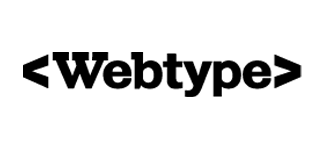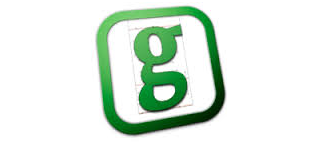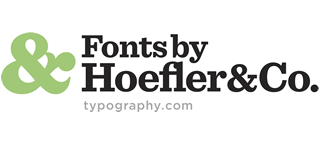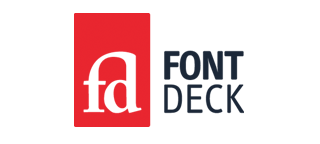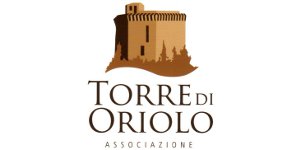Conference
June 6, 2014

You can see her works on her blog, follow her on twitter and look at her collection on pinterest

You can see his latest works on his website and on flickr, take part to one of his workshops or buy his book on amazon

You can read his blog about typography on his website, see his graphic works on dribbble, or buy one issue of 8 faces or digest magazine

You can see his latest works on dribbble, follow him on twitter, read his personal blog and buy his book (or read it online).

You can see follow his thoughts about typography on his website or be tickled by his photographic estrus

You can read her thoughts on her blog, see her works on dribbble, look at the photo she takes on instagram, or buy “stuff” on her online shop

You can read one of his newsletter on typography, follow his works on behance, or buy of his books on typography on amazon

You can read his blog on his website and follow him on twitter


